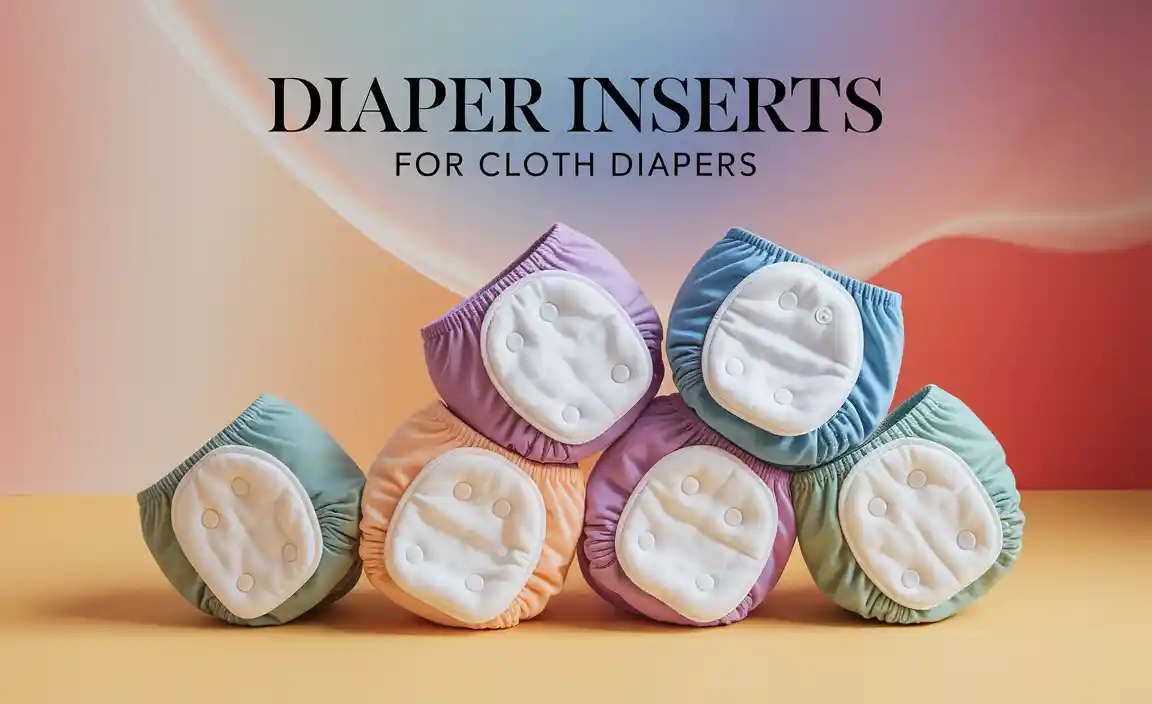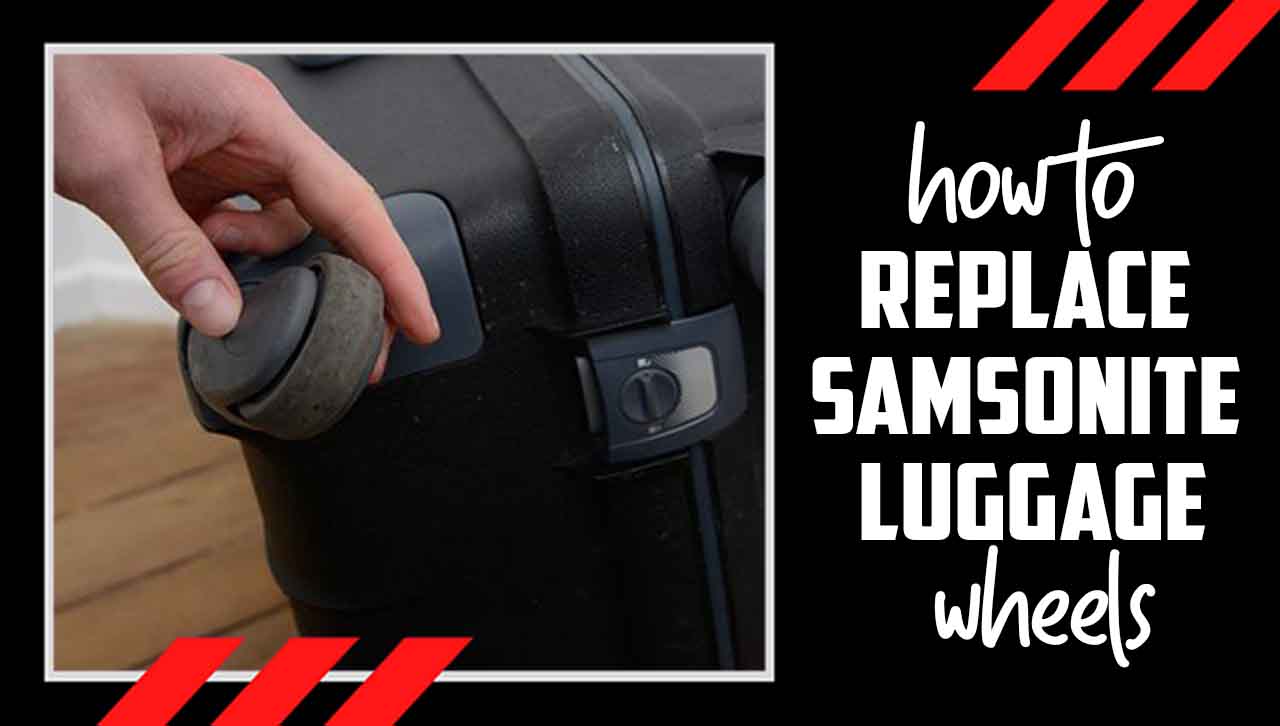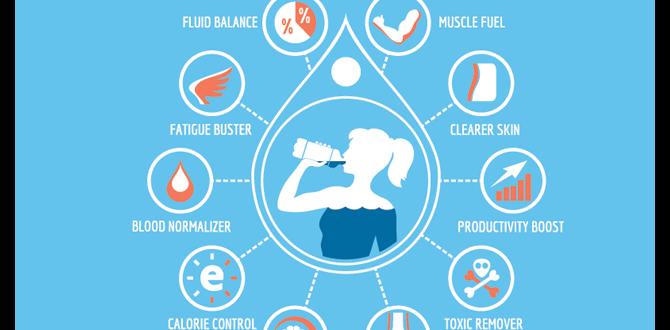This article is designed to be informative and helpful. If you have specific concerns or medical conditions, please consult a healthcare professional.
Adult Diapers For Fecal Incontinence: Reclaiming Comfort and Dignity
Adult diapers for fecal incontinence are far more than just absorbent products; they represent a pathway to reclaiming freedom, comfort, and dignity for individuals facing this often-silenced challenge. While the term “diaper” may evoke childhood memories, modern adult protective wear is discreet, effective, and designed with the specific needs of adults in mind.
For those experiencing fecal incontinence, the right product can dramatically improve quality of life, allowing for greater confidence in social situations, improved sleep, and a renewed sense of control. The emotional and psychological impact of fecal incontinence can be significant. Fear of odor, leakage, and embarrassment can lead to social isolation, a decline in self-esteem, and a reluctance to engage in daily activities.
This is where the advancement in adult diaper technology plays a crucial role. Gone are the days of bulky, noisy, and visibly obvious undergarments. Today’s market offers a sophisticated range of products engineered for discretion, superior absorbency, and supreme comfort, specifically addressing the unique requirements of managing fecal incontinence.
Understanding the Needs of Fecal Incontinence Management
Fecal incontinence can stem from a variety of underlying causes, including nerve damage, muscle weakness, chronic constipation or diarrhea, and certain medical conditions or treatments. Regardless of the cause, the primary concern for individuals is the reliable containment of stool and the prevention of odor. This necessitates products with specialized features that go beyond simple urine absorption.
Key features to look for in adult diapers for fecal incontinence include:
- High Absorbency and Containment Barriers: The core of any effective adult diaper is its ability to rapidly absorb and lock away moisture and solid waste. Look for products with advanced absorption cores that can handle substantial amounts of content. Crucially, effective leak guards or leg cuffs are essential to prevent leakage around the legs, a common concern with fecal incontinence.
- Odor Control Technology: This is paramount. Reputable brands incorporate advanced odor-neutralizing technologies within their absorbent layers that effectively trap and eliminate any unpleasant smells. This feature significantly contributes to discreetness and user confidence.
- Secure Fit and Breathability: A well-fitting product is critical for both comfort and containment. Products with refastenable tabs or elastic waistbands allow for a customized fit, preventing gapping and ensuring the product stays in place during movement. Furthermore, breathable materials are vital to promote skin health and prevent irritation, especially with prolonged wear.
- Skin-Friendly Materials: Individuals experiencing incontinence are more susceptible to skin breakdown and irritation. Therefore, choosing diapers made from soft, hypoallergenic, and breathable materials is crucial. Many products are designed with a cloth-like outer material that feels more like regular underwear and helps to keep the skin dry and healthy.
Choosing the Right Style of Adult Diapers for Fecal Incontinence
The landscape of adult diapers for fecal incontinence offers several styles, each catering to different preferences and needs. Understanding these options can help users make the most informed choice:
- Briefs with Tabs: These are the most traditional style and offer the highest level of absorbency and security. They are designed to be put on while lying down or standing, with adjustable tabs on the sides to secure the fit. Briefs are often the preferred choice for heavier incontinence or overnight use due to their robust containment capabilities. The refastenable tabs allow for adjustments throughout the day, ensuring a snug and comfortable fit.
- Pull-Ups (Protective Underwear): These are designed to look and feel more like regular underwear and can be pulled up and down. They are a popular choice for individuals who are more mobile and want a discreet option that is easier to manage independently. While generally offering good protection, pull-ups may not be as absorbent as tabbed briefs for very heavy losses. However, many brands now offer highly absorbent pull-up options specifically designed with fecal incontinence in mind.
- Pads and Liners: For individuals with lighter fecal incontinence or as a supplement to other products, absorbent pads or liners can be used. These are placed inside regular underwear and offer an additional layer of security. However, for managing significant fecal incontinence, they are generally not sufficient on their own.
Beyond the Product: Lifestyle and Support
While the right adult diaper for fecal incontinence is a critical component of comfort and confidence, a holistic approach is often beneficial.
- Skin Care: Maintaining healthy skin is paramount. Regularly cleaning the affected area with gentle cleansers and using barrier creams can help prevent irritation and breakdown. Changing the product promptly when soiled is also essential.
- Diet and Hydration: Sometimes, dietary adjustments or managing hydration can positively impact bowel control. Consulting with a doctor or a registered dietitian can provide personalized advice.
- Pelvic Floor Exercises: For some types of fecal incontinence, pelvic floor muscle exercises (Kegels) can help improve muscle tone and control. A physical therapist specializing in pelvic floor health can guide individuals through appropriate exercises.
- Emotional Support: It’s important to remember that fecal incontinence is a medical issue, not a personal failing. Open communication with healthcare providers and seeking support from family, friends, or support groups can be invaluable.
Investing in high-quality adult diapers for fecal incontinence is an investment in well-being. By understanding the available options and prioritizing discreetness, absorbency, and comfort, individuals can effectively manage their condition, reduce anxiety, and live a fuller, more engaged life. The focus has shifted from merely containing an issue to empowering those who experience it with the tools and confidence they need to thrive.






